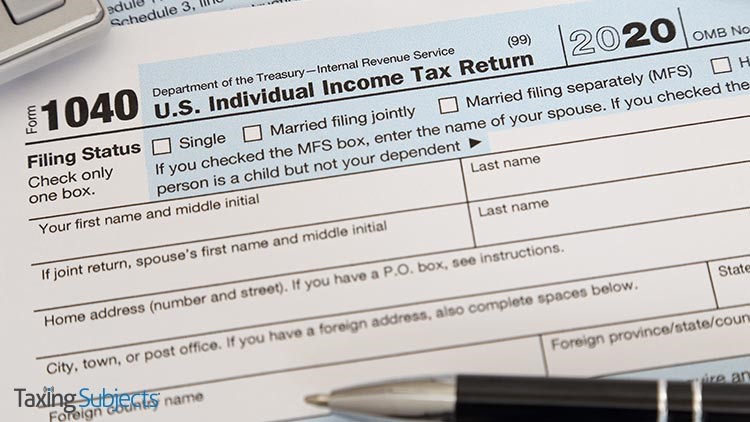The Employee Retention Credit Covered in New IRS Notice

Congress bookended 2020 with two taxpayer relief packages aimed at mitigating the financial strain caused by the ongoing coronavirus pandemic. The Coronavirus Aid, Relief, and Economic Securities Act and Taxpayer Certainty and Disaster Tax Relief Act of 2020 include a number of provisions that either create or modify tax relief for individual taxpayers and businesses.
Now that we’re well into tax season, taxpayers are sorting out how to claim new tax credits, like the recovery rebate credit and the employee retention credit. Lucky for business owners who still have questions about the latter, the Internal Revenue Service this week published Notice 2021-20, Guidance on the Employee Retention Credit under Section 2301 of the Coronavirus Aid, Relief, and Economic Security Act, which also covers how receiving a PPP loan affects the credit.
What is the employee retention credit?
The employee retention credit was created by the CARES Act to provide business owners a tax incentive for keeping employees on the payroll during the COVID-19 pandemic.
“For 2020, the employee retention credit can be claimed by employers who paid qualified wages after March 12, 2020, and before January 1, 2021, and who experienced a full or partial suspension of their operations or a significant decline in gross receipts,” the IRS explains in the Notice 2021-20 announcement. “The credit is equal to 50 percent of qualified wages paid, including qualified health plan expenses, for up to $10,000 per employee in 2020. The maximum credit available for each employee is $5,000 in 2020.”
The Taxpayer Certainty and Disaster Tax Relief Act of 2020—included in the December Consolidated Appropriations Act—allows PPP recipients to claim the employee retention credit and extends the eligibility window to include “the first two calendar quarters in 2021.”
What’s in IRS Notice 2021-20?
The IRS says that Notice 2021-20 answers a number of frequently asked questions that are addressed in the notice, including:
- Who are eligible employers?
- What constitutes full or partial suspension of trade or business operations?
- What is a significant decline in gross receipts?
- How much is the maximum amount of an eligible employer’s employee retention credit?
- What are qualified wages?
- How does an eligible employer claim the employee retention credit?
- How does an eligible employer substantiate the claim for the credit?
While Answer 49 in Notice 2021-20 confirms that PPP loan recipients are generally able to claim the employee retention credit, it also points out that wages claimed for the purposes of the credit will not qualify for loan forgiveness.
“An employer that received a PPP loan may claim the employee retention credit for any qualified wages paid to employees if the employer is an eligible employer that meets the requirements for the credit,” the notice reads. “However, qualified wages for which the employer claims the employee retention credit are excluded from payroll costs paid during the covered period (payroll costs) that qualify for forgiveness.”
The IRS closes the release by noting that this guidance only applies to tax year 2020, and that additional guidance for early 2021 is forthcoming—directing readers to the “Coronavirus Tax Relief for Businesses and Tax-Exempt Entities” page on IRS.gov for more information about CARES Act provisions that affect businesses.
Sources: IR-2021-48; Notice 2021-20


 Ameritax
Ameritax